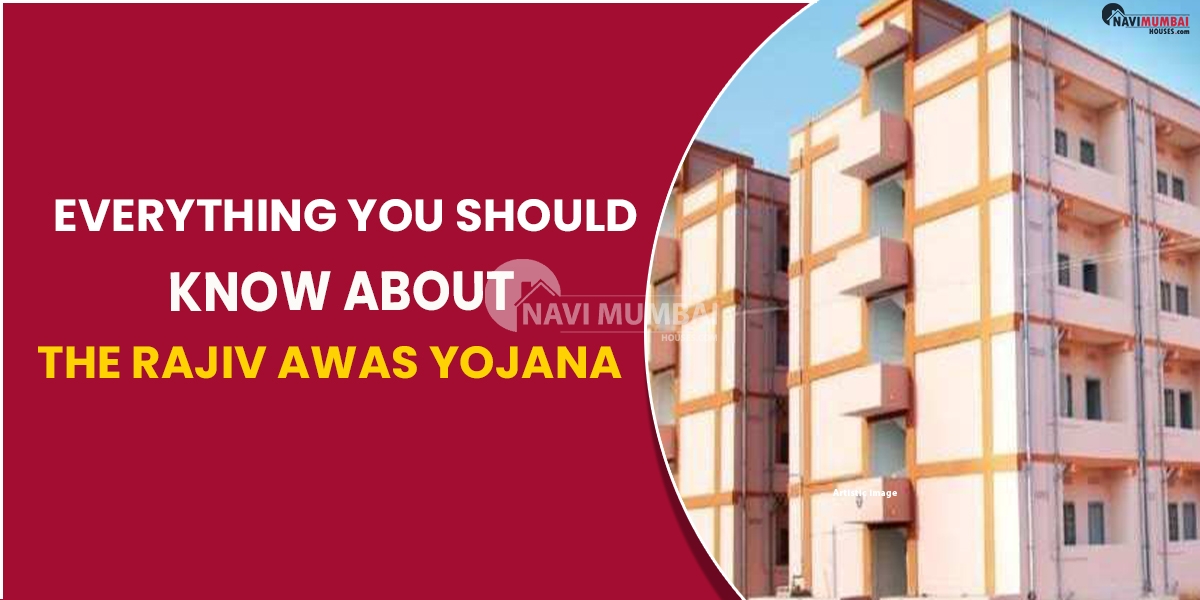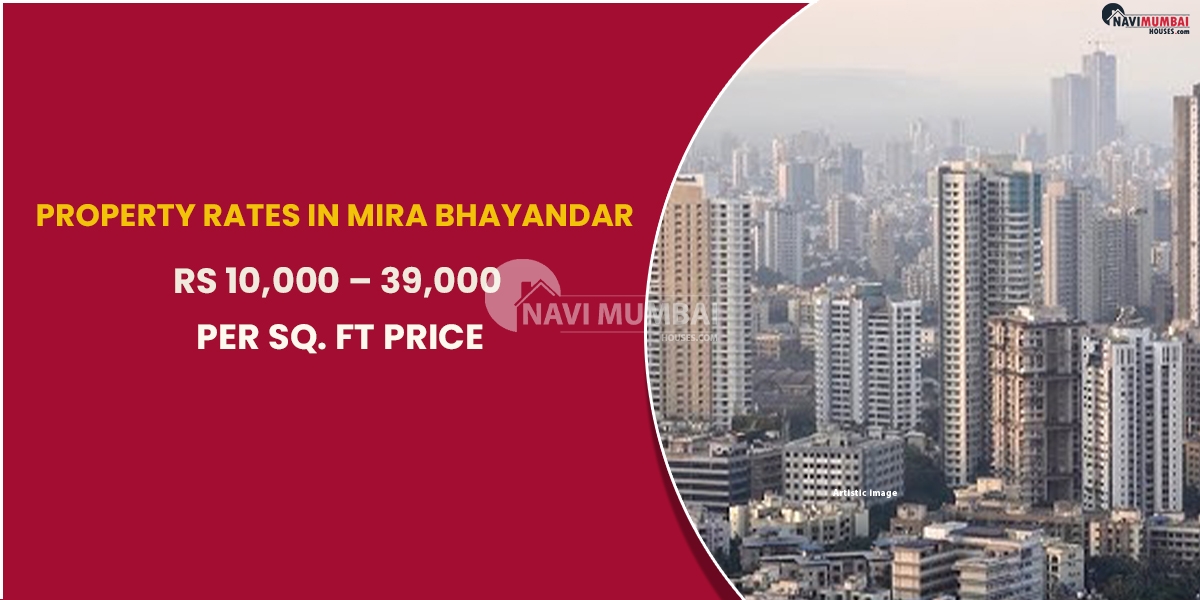
- August 12, 2023
- News
Everything You Should Know About The Rajiv Awas Yojana
Current News About Affordable Housing Schemes The Rajiv Awas Yojana
Chhattisgarh Chief Minister Bhupesh Baghel recently made big announcements relating to a new Rural Housing Scheme and rewards for government personnel. This occurred on July 20, 2023. In light of the upcoming assembly elections, the CM introduce the Nyay Yojana housing rogram, , which aims to give dwellings to the homeless population in rural areas of the state The programme is expect to benefit government workers from various categories to the tune of Rs 1,764 crore.
CM Baghel stressed the government’s commitment to assisting its employees and the welfare of residents in rural areas during a meeting that was recently conduct. The Chief Minister announce a 4% rise in Dearness Allowance (DA) for around five lakh government employees as part of these measures. Additionally, contract workers will get a one-time 27% pay rise in an effort to improve their financial situation.
The Chhattisgarh assembly approve a supplementary demand of Rs 6,000 Crore for the fiscal year 2023–2024 to pay for various welfare programmes and initiatives. It is project that the 4% increase in dearness allowance for the substantial workforce in the state will cost around Rs 800 crore. a spending commitment of about Rs. 800 billion.
Indicative of the state government’s attempts to address the housing requirements of vulnerable populations and improve the livelihoods of its workforce are the recently implement Rural Housing Scheme and the Nyay Yojana. These projects are anticipate to benefit Chhattisgarh’s overall socioeconomic development.
Are you looking for flats in Dombivali ?
Indian Authorities Have Unveiled A Programme For Inclusive Housing
The “Rajiv Awas Yojana” is a programme that the Indian government has started in an effort to rid the country of slums and give neglected urban areas more authority. This important project is a Central Sector Scheme that is overseen by the Ministry of Housing and Urban Poverty Alleviation (MHUPA). This programme’s main goal is to grant property rights to urban poor people who live in slums across several states and union territories. The plan hopes to achieve this in order to give those in need security, dignity, and better living circumstances.
The Goal Of The Rajiv Awas Yojana Programme Is To Empower Urban Communities
The Goal Of The Rajiv Awas Yojana Is To Empower Urban Communities
The Rajiv Awas Yojana (RAY) outlines a wide range of goals aimed at enhancing slum dwellers’ quality of life and halting the spread of slums in India.
Addressing the Root Causes – In order to prevent the establishment of slums in the future, RAY works to put into place measures that go after the fundamental issues that give rise to them.
Institutionalising Preventions Measure – The programme aims to create long-lasting slum prevention measures, such as a list of inexpensive housing options.
Ensuring Complete Coverage – RAY strives to include all slums, whether they are notified or not, by offering them the social services, public infrastructure, and housing they require. To stop the spread of slums, this effort aims to develop inexpensive housing options.
Improving Housing and Infrastructure – The programme aims to improve the existing homes in low-income and slum regions by including social infrastructure facilities as well as utilities like water supply interior and approach roads, drainage, sewage, and lighting on the streets.
Community Empowerment – One of the main goals is to promote community involvement at all levels of decision-making. This is accomplish by fostering and bolstering the groups and federations of slum inhabitants.
Strengthening Credit Links – Fostering a conducive climate for expanding institutional credit links for the urban poor is one of the main goals, giving them greater economic autonomy
Capacity Building – RAY uses extensive capacity-building programmes and resource network development to support institutional and human resources at the Municipal, City, and State levels.
Rajiv Awas Yojana Categorization & Eligibility Requirements
Urban housing developments must meet the Rajiv Awas Yojana’s minimum size requirement of 250 units in order to qualify for the programme.
Based on financing trends, the Rajiv Awas Yojana is separate into various categories. The licence grants given to each group for their specific activity vary, mostly due to the funding arrangements made with the government.
The system is divide into three groups, A, B, and C, which specify the requirements for participation:
Category A: Residents in urban regions with a population density of at least 5,000 persons per dwelling unit (DU) fall into this category. They are qualified for a maximum investment of INR 5 lakh.
Category B: People who reside in urban areas with a population density of under 5 lakh per dwelling unit (DU) fall under this category. They are eligible for a 4-lakh rupee loan.
Category C: This category includes residents of the North-eastern States, Himachal Pradesh, Jammu and Kashmir, and other special category states who live in urban areas. They receive a fixed funding of INR 5 lakh, regardless of the size of the city
Basis Of The Rajiv Awas Yojana
On the basis of the recommendations of the CSMC (Central Sanctioning and Monitoring Committee), the Ministry of Housing and Urban Poverty Alleviation supervises the execution of the programme throughout the various States and Union Territories.
The central funding is distribute in three equal installments in the ratio of 40:40:20 to make it easier for the project’s implementation in certain slums. When the CSMC approves the Detail Project Reports (DPRs), the states and UTs get the first payment, which comprises 40% of the money.
Only once 70% of the earlier central release monies have been use, combine with the matching contribution from the state or urban local body (ULB), are subsequent installments made available. Prior to making any further disbursements, this procedure assures the correct use of the funds.
After the State, ULB, and beneficiary shares have all been receive in full and the agreed-upon reform agenda has been successfully carried out as per the Memorandum of Agreement (MoA), the final installment, which makes up 20% of the funds, is release. Along with the final installment, the central share for the Operation and Maintenance (O&M) fund is made available.
It’s crucial to remember that any interest accrued on money held by States or UTs will be adjusted in accordance with the guidelines set forth by the Expenditure Department, Ministry of Finance, which may be updated from time to time.
Criteria For Rajiv Awas Yojana Scheme Selection & Applicability
All of the nation’s cities and urban agglomerations are cater to under the Rajiv Awas Yojana programme. In order to implement the programme in particular places that meet certain requirements, the Union government will work in conjunction with state-level authorities. When choosing cities and metropolitan areas under the Rajiv Awas Yojana, the following variables would be take into account:
The Rajiv Awas Yojana would give priority to cities and urban regions with a significant population of schedule castes, scheduled tribes, minorities, or other vulnerable groups.
Concentration of Slum inhabitants – As the programme intends to meet their housing needs, priority will be give to areas with a high population of slum inhabitants to enhance living conditions and meet demands.
Execution Capacity and Availability of Funds – A thorough evaluation of the state’s or union territory’s execution capacity and the availability of funds will be use to determine how much funding will be allocate to the plan. This guarantees the Rajiv Awas Yojana’s effective use of its resources.
Inclusion of Cultural and Heritage Areas – The administration will make an effort to include places of worship as well as cultural, historical, and heritage sites in the plan. In the selection process, certain locations will be give preference over others.
Additionally, both notifie and register slums, as well as non-notified or unregistered slums, are included in the plan. The Central Government, its undertakings, or other autonomous authorities may possess the areas include in the plan. The Rajiv Awas Yojana is also open to lands owned by State governments or metropolitan municipal authorities. To encourage full urban growth, the programme also applies to “urbanised villages” situate inside plan communities.
Provisions Regarding EWS/LIG Credit Access In The Rajiv Awas Yojana
Specific rules were put into place to facilitate the simple flow of credit from banks and financial institutions to slum dweller for housing purpose, improving access to credit for economically Lower-income groups (LIG) and weaker sections (EWS) in the urban sector Among these provisions are:
The Rajiv Rinn Yojana (RRY), a supplement to the Rajiv Awas Yojana, intends to meet the housing requirements of EWS and LIG groups. It provides a 5% interest discount on loans with terms of 15 to 20 years. For EWS recipients and LIG beneficiaries, the amended loan amounts are Rs. 5 lakh and Rs. 8 lakh, respectively. For EWS and LIG urban residents, this project offers accessible and inexpensive housing financing options.
Credit Risk Guarantee Fund The National Housing Bank administers and runs this fund, which offers lending institutions insurance for the loans disbursed. For loans between Rs. 2 lakh and Rs. 5 lakh, it guarantees a coverage of up to 85%, and for loans under Rs. 2 lakh, it guarantees a coverage of up to 90%.
With the ultimate goal of eradicating slums from India, the Rajiv Awas Yojana was establish in 2011 to meet the housing requirements of slum dwellers and the urban poor. The Pradhan Mantri Awas Yojana is the current iteration of this concept for better housing options and better living conditions.
Provisions For Institutional Credit & Funding Under The RAY Scheme
Under the RAY system, the Central Government funds a variety of initiatives, with the percentage of financing fluctuating according to the population of the city. 50% of the financing goes to cities with a population over 5 lakh, and 75% goes to cities with a population under 5 lakh. The financing is fix at 80% for states in the North Eastern Region (NER) and special category states. The state of Tamil Nadu has been give Rs. 480.14 lakh to carry out the slum clearance project as part of this programme.
The CSMC (Central Sanctioning and Monitoring Committee) will choose the unit cost or financial standards for particular operations. Creating the Slum Free City Plan of Action (SFCPoA) is one of these activities. completing data input, slum mapping using GIS, and other preliminary activities. With the exception of NER and special category states, equal funding will be distribute between the State and the Centre for State-level Technical Cells (SLTCs).
With the exception of NER and special category states, where it is set at 80:20, the budget share between the State and the Centre for City Level Technical Cells (CLTCs) is decide at a ratio of 50:50 or 75:25, depending on the population of the city.
Additionally, the programme contains possibilities for Rajiv Rinn Yojana beneficiaries to receive institutional credit. This programme offers lower interest rates for loans with a 15- to 20-year term, with varied upper limits based on various income levels. Lower-income groups (LIG) with an annual income between INR 1 and 2 lakh receive an upper maximum of INR 8 lakh, compared to the Economically Weaker Sections (EWS) with an upper limit of INR 5 lakh.
Additionally, the National Housing Bank’s Credit Risk Guarantee Fund provides 85% coverage for loans up to INR 2 lakh and up to 90% coverage for loans up to INR 5 lakh as a guarantee for lending institutions. The beneficiaries of the RAY plan are intend to benefit from and be made more credit-accessible by these provisions.
Advantages Of The Rajiv Awas Yojana
The Rajiv Awas Yojana provides a number of advantages targeted at enhancing housing conditions and raising the living standards of communities that are economically underprivileged.
The Following Are The Scheme’s Main Benefits:
- Financial Grants for Implementation The Rajiv Awas Yojana is effectively implement by government entities, including states and union territories, Urban Local Bodies, and the Central Government, thanks to financial grants provide by the programme.
- inexpensive Housing Complexes This effort provides financial support for the construction of inexpensive housing complexes, making it easier for people with low financial resources to acquire adequate home options.
- Affordable Housing in Partnership (AHP): Under this programme, the Economically Weaker Section (EWS) and Low-Income Group (LIG) beneficiaries receive financial assistance from the Central government in the amount of Rs. 75,000 apiece. This assistance is offer for dwelling units that are between 21 and 40 square metres in size.
- Skill Development and Employment Prospects Rajiv Awas Yojana integrates programmes and reforms for skill development to give people greater capabilities, which improves employment prospects. The programme seeks to raise slum dwellers’ standards of living and lower levels of poverty by offering training and skills.
The Rajiv Awas Yojana aims to promote socioeconomic development for the weaker segments of society and sustainable housing options.
Information On Rajiv Awas Yojana’s Contacts
You can find any information you need about the Rajiv Awas Yojana on the Ministry of Housing and Urban Affairs’ (MOHUA) official website. Get in touch with us by using the following procedure:
- Visit MOHUA’s official website.
- Select the ‘Contact Us’ tab.
- Pick “Telephone Directory” from the drop-down menu.
- You can discover a list of phone numbers for representatives of various Rajiv Awas Yojana divisions.
Navi Mumbai Houses a Real Estate source is the most trusted names in the market believes that master pieces can only be achieved by the client’s satisfaction. So that you can give your quality time with your loved ones is actually worth enough. Do you want Sale house, Flats in thane our portal is help you to find a buy flat to your price so please visit n find.
Luxurious 3 BHK Furnished Flat for Rent in Kharghar Sector 36, Valley Shilp | 8433959100
You are looking for flats in Dombivali we have best unfurnished/ semi furnished / fully furnished flats in Dombivali
https://navimumbaihouses.com/property/search/buy/dombivali
If you want daily property update details please follow us on Facebook Page / YouTube Channel / Twitter











